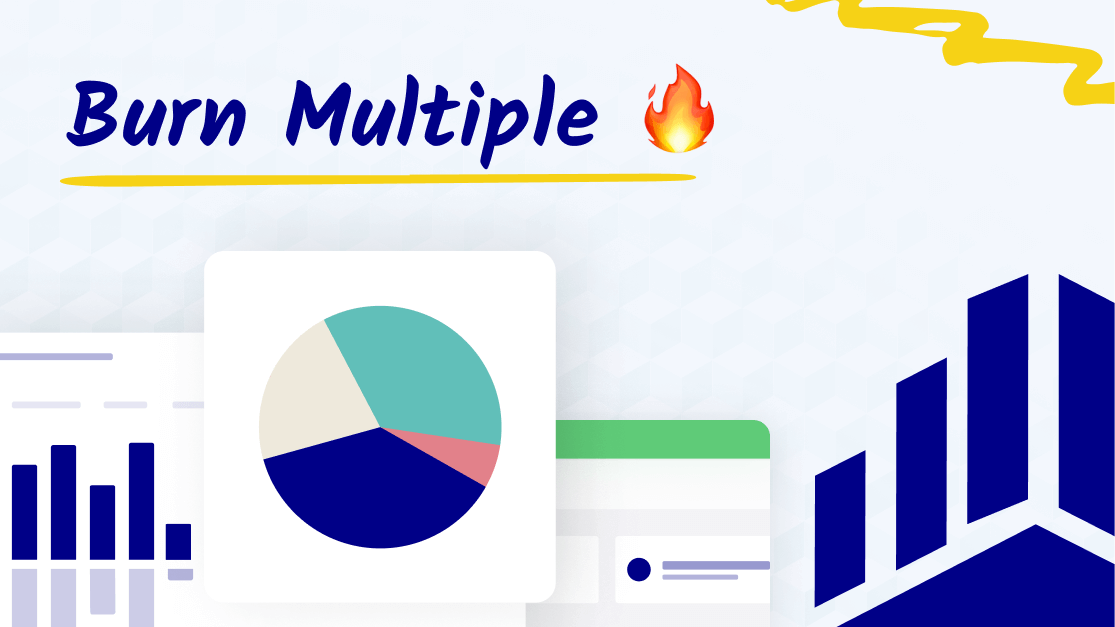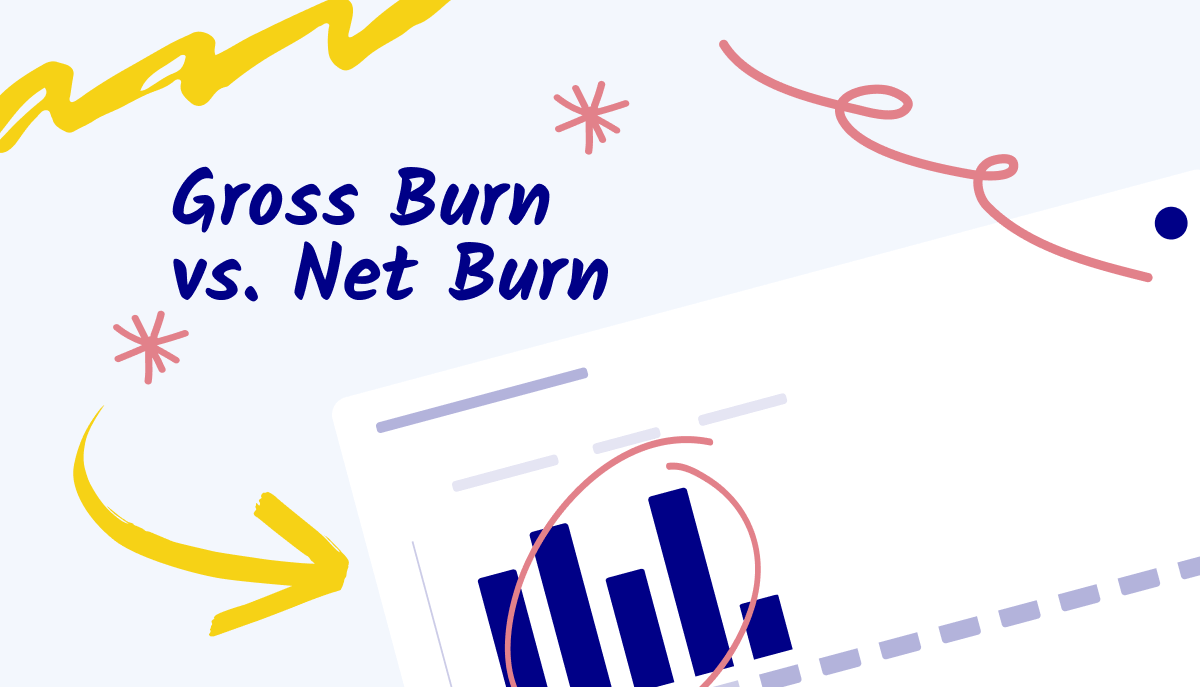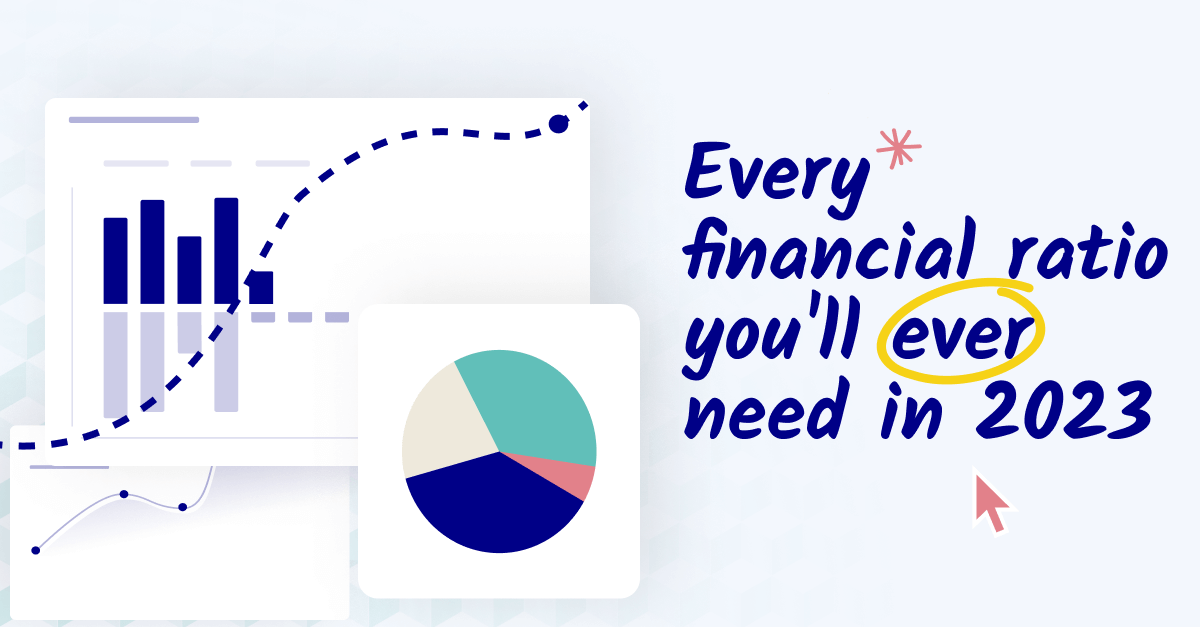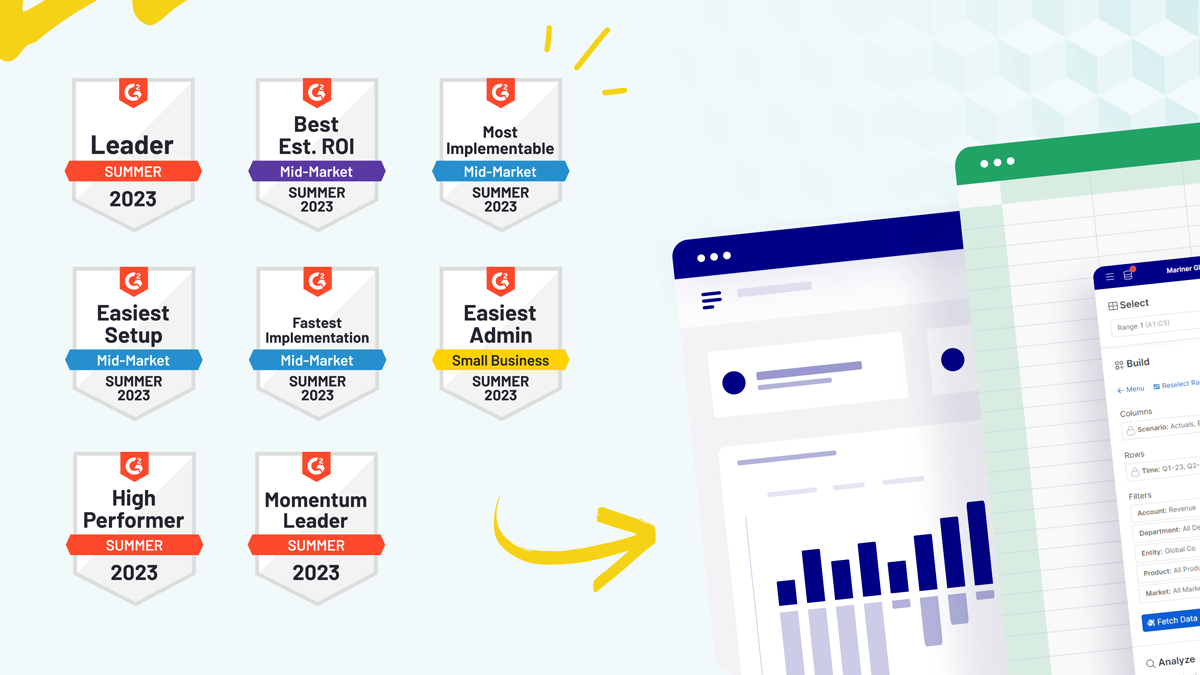Contents
- What the burn multiple is (and how it’s different from other efficiency scores)
- The importance of the burn multiple for startups and seed-stage companies
- How to calculate your company's burn multiple
- Where burn multiple originated (and why)
- Net burn rate and why investors consider low burn multiples healthier
- Ways to strengthen your company's burn multiple to attract investors
What is burn multiple?
Burn multiple is a financial ratio representing the amount of money it takes to generate a dollar of revenue.
It’s a capital efficiency metric showing how optimized your cash spend is versus the return you get for it.
Burn multiple is a popular metric used by investors and venture capital firms for evaluating investment opportunities It's a catch-all metric that gives a comprehensive view of the company's cash situation.
Burn multiple is preferable to other capital efficiency measurements because it lets companies show cash management improvements and revenue increases over time.
Why is the burn multiple important for startups?
Revenue generation and cash management are the foundation of stability for startups. Those companies that get a handle on their cash runway thrive. Those that don’t often fold.
Securing investment capital is the best way to keep the lights on while you work to build a profitable company. To do that, you need to demonstrate that the business can generate customer demand. This is called product-market fit. The more effectively you do this (i.e., the more cheaply you attract customers), the better your market fit appears.
Burn multiple is one of the best indicators of how your company manages the balance between growth and spending. It shows how well your company handles the cash, which speaks directly to investors considering an investment.
It’s important to note that burn multiple only works for revenue-generating startups, as the pre-revenue calculation will always be zero.
How do you calculate the burn multiple?
Here's the burn multiple formula:
Burn multiple = net burn / net new annual recurring revenue (ARR)
To calculate each of the above, use these formulae:
How to calculate net burn rate
Super easy. Just subtract operating expenses from revenue.
How to calculate net new annual recurring revenue (ARR)
This is annual recurring revenue from new customers, plus ARR from existing customers, minus the ARR from churned (lost) customers.
The burn multiple calculation will result in a number (usually) between 1 and 3, although it can go much higher in cases of unbalanced spending.
Burn multiple efficiency scores
When a company has a lower burn multiple, efficiency is greater. Burn multiple benchmarks are as follows.
Lower burn multiple (Excellent)
<1x is very efficient, meaning the company makes over a dollar for every dollar spent.
A score of zero means that the company is fully profitable and no longer burning cash to generate returns.
Good Burn Multiple (Healthy)
1 to 1.5x is healthy, meaning the company is breaking even or at least close to it.
1.5 to 2x is considered healthy for (early-stage) startups or a seed-stage company in high growth mode.
High Burn multiple (Poor)
At 2x to 3x, things begin to look shaky, making investors question the company’s financial decisions.
For more mature startups, anything over 3 is a red flag, meaning the company is spending three dollars (or more) to bring a dollar into the business.
Interpreting your company's burn multiple
The burn multiple requires a bit of interpretation, depending on the company. Different burn multiples can indicate the same thing depending on the company stage and how much revenue it generates.
While low numbers are always desirable, a high burn multiple for a brand-new startup might not be an immediate disqualifier for funding.
The interpretation of the multiple relies at least partly on context.
Where does the burn multiple calculation come from?
Venture capitalists use multiple benchmarks to evaluate the finances of potential portfolio companies. Some are directly related to high-growth SaaS companies raising series investments.
Two similar burn multiple metrics VCs and companies use are:
Hype ratio: This estimates the excitement around a company versus what it’s bringing in for revenue. It’s calculated as: investment capital raised divided by ARR.
Bessemer’s efficiency score: A capital efficiency score developed by Bessemer Venture Partners. This calculates the ARR added for every dollar of burn.
In this case, higher is better. Bessemer Venture Partners conclude that the best scores exceed 1.5x, with better companies falling between 0.5 and 1.5x.
Two more general metrics for rating spending versus revenue are:
Customer lifetime value (CLV): This is the average amount of money a customer spends with your company while using your product or service. High CLV indicates long-term customer loyalty or higher spending (for instance, on upgrades or expanded services). Low CLV may indicate your customer longevity needs improvement.
Customer acquisition cost (CAC): The money it costs to get a prospect to become a customer through marketing costs, onboarding, etc. The higher your CAC, the more expensive it is to acquire new customers. While a high CAC isn’t a concern in isolation, it should correspond to a higher CLV.
There's also the LTV/CAC ratio.
David Sacks of Craft Ventures devised the burn multiple calculation from these multiple formula options. As Sacks describes it, the burn multiple is the inverse of the hype ratio, where the numerator and denominator are flipped.
In other words, how much cash does a business need to burn to generate net new ARR?
Sacks acknowledges that while high burn multiple is more acceptable in early-stage companies, the assumption that sales will rescue spending is dangerous and doesn’t usually pan out. Many companies have spent at breakneck speed to spur growth, only to run out of cash before achieving profitability.
So the higher the burn multiple, the lower the company's capital efficiency.
David Sacks prefers the burn multiple over hype ratio for its agility.
Where the hype ratio pits total revenue against total funding, any issues early in the game will continue to impact the company’s creditworthiness and investor potential even if they improve. Burn multiple takes relatively recent activity and showcases the organization's current revenue and spending behaviors.
How is a burn multiple different from net burn rate?
Net burn rate (often called a “burn rate”) is the speed at which a company spends cash to fund its operations. It’s calculated by subtracting operating expenses (money used to keep the lights on) from revenue (money earned through sales of goods and services).
If a company’s burn rate is high, it signals they’re struggling to keep things running at its current spending, eating into capital reserves faster than it can generate revenue. They need to cut expenses or push revenue growth to support their spending.
The burn multiple digs a little deeper. It divides net burn by net new annual recurring revenue. While net burn only looks at growth, burn multiple asks, “How much is growth costing us?” It evaluates the cash investment used to drive revenue numbers.
How to improve your burn multiple
If your burn multiple is higher than you’d like it to be, it’s time to make changes to improve revenue or bring down costs. Here are three ways to bring your burn multiple below 2x:
-
Lower your customer acquisition costs: Profitability improves when customers become less expensive. Create a target CAC and find ways to reach it. This could include offering incentives for customer sign-ups, changing your advertising or platform strategy to reduce acquisition costs, or streamlining the customer acquisition process to improve conversion rates.
-
Improve profit margins: Increase the amount of money you retain from a sale. Tactics include trying premium pricing to test the market, negotiating for better costs from vendors to reduce production costs, and streamlining operations to reduce overhead.
-
Cut expenses: Reducing spending is the most direct route to a better burn multiple. This may include reducing salaries and total compensation in the early days of a venture and cutting costs of non-essential items to increase the spend ratio.
Taking one or all of these approaches will significantly reduce your spending, improve profits, and beef up your burn multiple. This, in turn, can invite more funding to keep things moving until revenue reaches a tipping point.
Conclusion: all about burn multiple
Now you know the essential components of the burn multiple calculations and how it can help give you (and investors) a clearer picture of your capital efficiency.
If you're interested in getting a better picture of your company's financial health, you should consider Cube.
Cube integrates with your ERP and other source systems and sits natively in Excel, so you always have all your data at your fingertips.
Since Cube integrates with Google Sheets, it makes reporting on important metrics (like burn multiple) to investors and shareholders trivially easy.
Sound interesting?
Click the image below to schedule a free demo with Cube.



.png)








